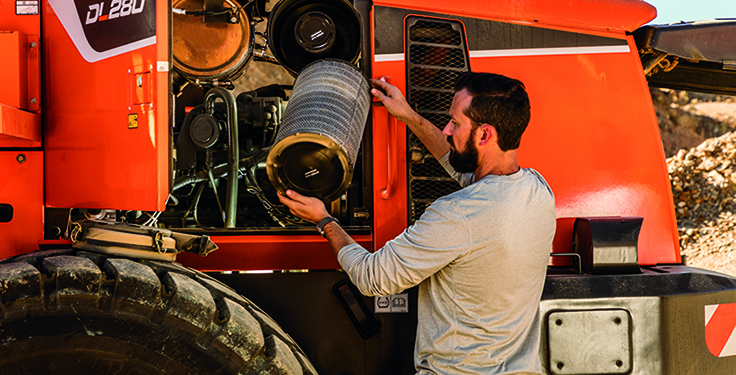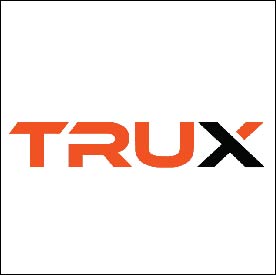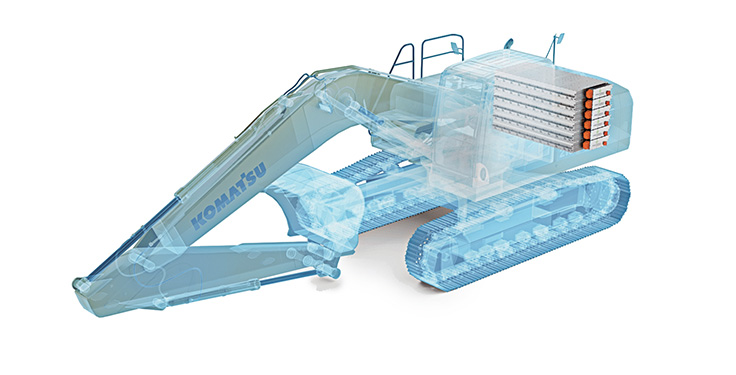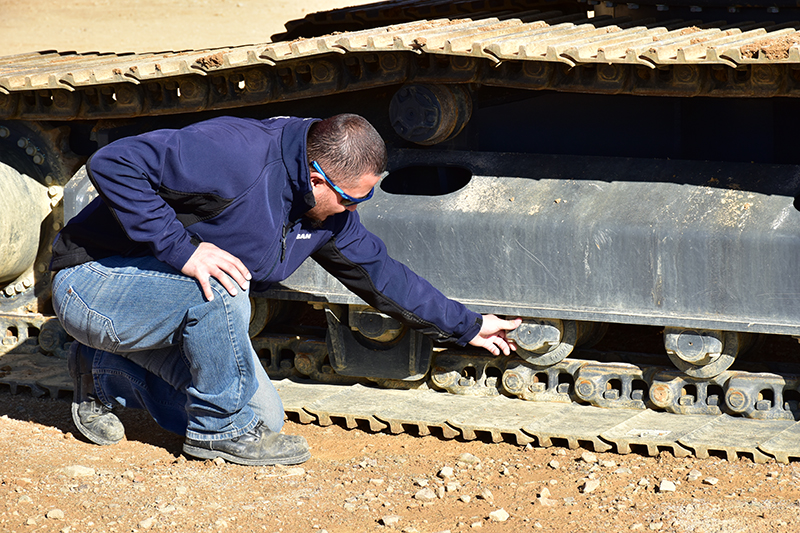
There’s nothing more exciting than starting your heavy equipment after winter storage. But before you start the 2021 season, it’s vital your machines go through a tune-up.
To ensure reliable operation once the ground thaws, follow proper maintenance procedures as listed in your machine’s operation and maintenance manual. According to Aaron Kleingartner, dealer and product marketing manager at Doosan Infracore North America, operators should follow a few simple tips: clean your machine, connect the battery, check fluids, filters, tires and tracks, and examine hydraulic hoses and attachment connection systems.
Start early
As temperatures rise, plan a full machine inspection a few weeks before you return your excavator or wheel loader to service.
Follow post-storage procedures as listed in your machine’s operation and maintenance manual. The manual lists recommended intervals and a checklist of spring maintenance items. It also includes oil and fluid recommendations.
It’s a good idea to request maintenance training from your local equipment dealer on proper techniques. Ideally, do this before your busy season starts. Familiarize yourself with decals and key maintenance points on the machine.
If you have limited time or don’t feel comfortable maintaining your machine, utilize your local dealership for maintenance. By partnering with your dealer, you can help extend the life of the equipment, minimize downtime and save money over time with their preventive maintenance services.
Clean your machine
An often-overlooked step during spring maintenance is cleaning equipment. Last year’s grime should have been cleaned before storing machines, but it doesn’t hurt to give them a quick wash before returning them to service.
Remove any dirt, grease or debris from the machine – including the engine compartment – that weren’t cleaned before storage. If you have an excavator, inspect the undercarriage. Lubricate machine components and grease exposed cylinder rods.
Also, clean the machine’s cab. Some equipment manufacturers offer an optional on-board air compressor to remove dust and debris from the cab.
Lastly, replace machine safety and warning decals that may be scratched, illegible or missing. Contact your local dealer to order new ones.
Inspect the battery
Before your busy season hits, inspect the battery and connect it to the machine.
For batteries that need to be charged periodically, a trickle charger can be connected to help maintain the voltage at a slower rate, improving the battery life. Inspect the battery connections and clean them. Corroded terminals can cause hard starting and charging issues.
If you need to unexpectedly start your equipment during winter, use a block heater to assist in starting the engine and let it run until it gets up to the working temperature. This helps prevent the valves from sticking and distribute oil where needed. If you don’t have a block heater, consider purchasing one.
Complete a walk-around
After the machine is cleaned and the battery is inspected, complete a top-to-bottom walk-around.
Make sure all working components are in proper working order – specifically the bushings, cylinders, hoses and pivot points. Take note if any of the components leaked while in storage, and replace them as soon as possible.
Look for signs of obvious machine damage, including cuts or tears in tires or rubber tracks. Tracks should be inspected to make sure they have the proper track tension, and tires with the proper inflation pressure shown on the sidewall. Refer to the operation and maintenance manual for proper track tension and tire inflation.
Check comfort features, such as heat and air conditioning, radio, seat belts and windshield wiper blades. In addition, test cab controls, headlights, brake lights and other safety devices to ensure they are in good working order.
If there are worn or damaged parts, controls or switches, replace them.
Other maintenance items to follow
■ Remove all grease from the hydraulic cylinder rods
■ Add grease and oil to all lubrication points
■ Adjust the fan and alternator belt tension
■ Inspect for signs of animal nests
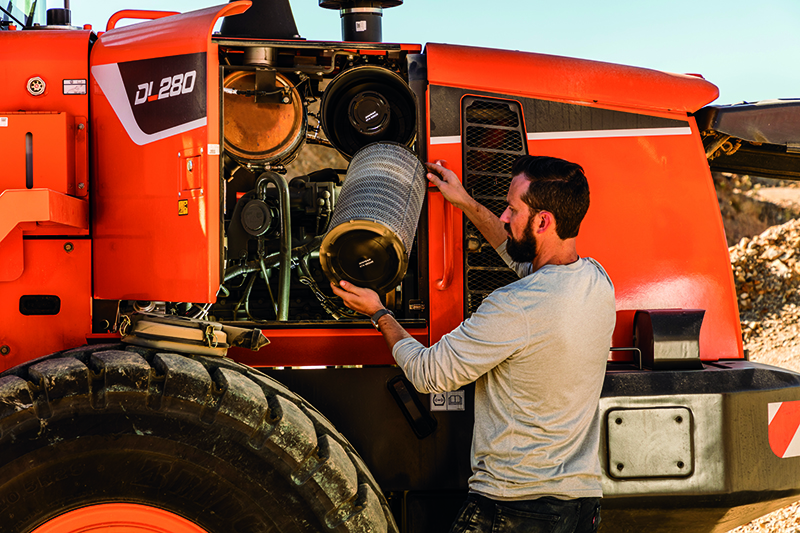
Check fuel, oils & filters
When transitioning from winter storage to spring, follow the hydraulic oil warm-up procedures as listed in your operation and maintenance manual. Additionally, match excavator fluids to the proper ambient temperatures.
If you’re getting close to your next preventive maintenance schedule, replace hydraulic fluids, fuel and filters. Always refer to your operation and maintenance manual to follow the proper fluid level amounts.
After long-term storage, make sure fluids are properly filled – especially for machines with diesel exhaust fluid (DEF). Purity and concentration are critical with DEF and can be affected by temperature, so work with your local dealer to better understand how to store and handle this critical fluid.
If you used equipment in winter, switch from a special winter-blend fuel – typically No. 1 diesel fuel – and replace with the standard No. 2 diesel fuel to prepare for warmer temperatures. Drain any water from the water separator on your machine. Then, fill the fuel tank. Check to make sure excess water from condensation is not present in the fuel tank or in the oil. Condensation can cause start-up issues at the beginning of spring.
Lastly, change all filters, specifically the cabin filter and air filtration system. Filters should also be changed annually or sooner, depending on how many hours the machine is in use and the conditions where you are using the equipment. Use the correct replacement filter to reduce the risk of premature engine failure.
Prep attachments
Excavator and wheel loader attachments deserve the same maintenance as the machine to which they are connected.
Perform visual checks of attachment components such as hydraulic hoses, cylinders, guards, cutting edges and teeth for damage before returning your equipment to service. Everything that engages with the ground should be inspected for wear and damage.
Also, connect the attachment and operate it briefly to make sure the attachment will be working properly when in use. Check attachment-specific fluid levels, and change them as needed.
Stock up on parts
To expedite spring maintenance, always have an inventory of basic parts and fluids on hand – including grease, engine oil, antifreeze, air filters, fuel filters and drive belts.
Stocking up on components reduces any potential downtime if a component breaks down on the job. Work with your dealer to determine which parts you should add to your inventory.
Parting thought
By inspecting the battery, completing a visual check, examining fluids, oils and filters, and preparing attachment connection systems, you can quickly prepare your machine for the busy season.
Haul your way into spring
Before hauling crawler excavators or wheel loaders, make sure the transport and towing vehicles are in good working condition.
Inspect the tires, brakes, lights, coupling system and tie-down points used to secure your machine. All pins and connection points should be secure and the hooks still functional. If you see any cracks, stretches or fatigued links, remove the tie-down equipment from service.
If you are located in the northern region of the U.S. or in Canada, there may be springtime load restrictions. Load ratings vary from state to state, so check federal, state and local laws and regulations regarding weight, width and length and height of a load before preparing to transport your machine on public roads, bridges, highways and interstates this spring.
Allison Grettenberg is a strategic communications specialist at Two Rivers Marketing.

